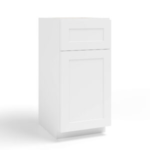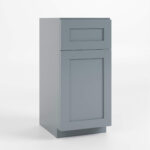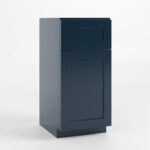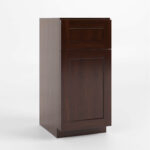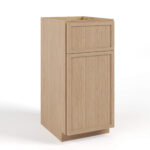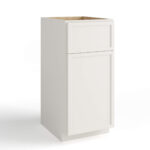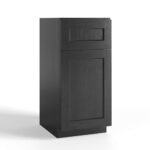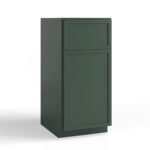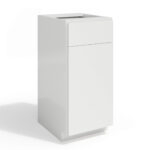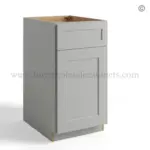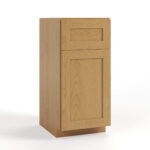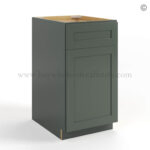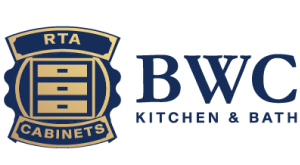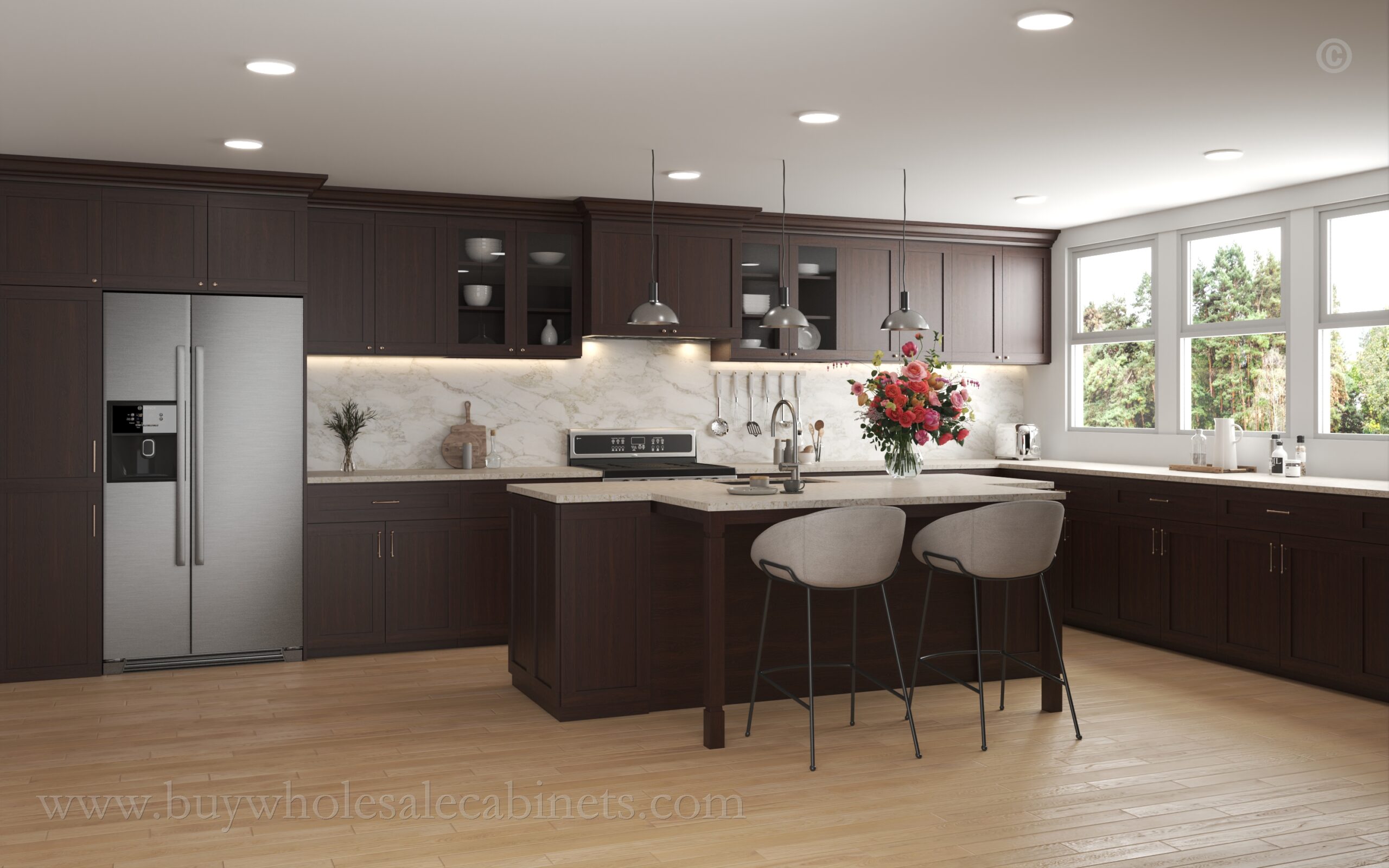Table of contents:
- Introduction to Cabinets: Frameless or Framed?
- Key Features and Benefits of Framed Kitchen Cabinets
- Key Features and Benefits of Frameless Kitchen Cabinets
- Things to Consider When Choosing Between Framed and Frameless Cabinets
- Choose Quality Frameless or Framed RTA Kitchen Cabinets from BWC
- Frequently Asked Questions
Choosing between framed and frameless kitchen cabinets is a significant decision in kitchen design, impacting both functionality and aesthetics. As leading wholesale cabinet suppliers, we can help guide contractors, builders, and experienced DIYers through this critical choice. This guide explores the unique characteristics, benefits, and considerations of both framed and frameless cabinets to help you make an informed decision that aligns with your needs, budget, and design preferences.
Transform your kitchen with sleek frameless kitchen cabinets
Introduction to Cabinets: Frameless or Framed?
The Basics of Kitchen Cabinets
When planning a kitchen renovation, cabinet selection is one of the most important decisions you’ll make. Kitchen cabinets serve as both the functional backbone and aesthetic foundation of your space, impacting everything from storage capacity to overall design cohesion. Quality cabinets provide essential storage solutions while contributing significantly to your home’s value, making them a critical investment in your property’s future.
The right cabinet choice ensures smooth daily operations in your kitchen while creating an environment that reflects your style preferences. Whether you’re reaching for everyday dishes or storing seasonal items, your cabinets’ design directly affects accessibility and usability. Additionally, since cabinets tend to occupy the most visual space in your kitchen, their appearance plays a pivotal role in establishing the room’s atmosphere and design direction.
The Differences Between Framed and Frameless Cabinets
Two distinct construction methods have emerged as industry standards in kitchen cabinetry: framed and frameless cabinets. While both styles offer unique advantages, understanding their fundamental differences is essential for making an informed decision that aligns with your needs and preferences.
Framed kitchen cabinets, the traditional choice in American kitchens, feature a face frame attached to the front of the cabinet box. This frame, typically 1½ inches wide, provides additional structural support and creates a classic, detailed appearance. In contrast, frameless kitchen cabinets, also known as European-style cabinets, eliminate the face frame entirely. This offers a more contemporary look and maximizes interior space.
Key Features and Benefits of Framed Kitchen Cabinets
The Design: What Defines Framed Cabinets?
Framed cabinets have a solid wood frame consisting of rails (horizontal pieces) and stiles (vertical pieces) that create a sturdy mounting point for hinges and doors. The design allows for various overlay options, where doors can be mounted in different positions relative to the frame, offering versatility in appearance and functionality.
At Buy Wholesale Cabinets, our framed cabinets feature solid ¾-inch face frames constructed from premium birchwood, ensuring lasting durability and classic appeal. The frame provides additional rigidity to the cabinet box while creating the traditional reveal lines that many homeowners appreciate in their kitchen design. Framed construction also allows for more flexibility when aligning each adjacent cabinet during installation, as the face frames can help mask minor variations in wall surfaces.
Exploring the Aesthetic Appeal of Framed Cabinets
The aesthetic charm of framed kitchen cabinets lies in their ability to create depth and visual interest through shadow lines and reveals. The face frame adds architectural detail and can complement various door styles, from traditional raised panel cabinets to contemporary shaker designs. This versatility makes framed cabinets particularly suitable for homes where maintaining historical character is important or where a more traditional aesthetic is desired.
Notable Benefits of Framed Cabinets
Durability and Strength
The addition of a face frame significantly enhances the structural integrity of the cabinet. This extra support helps prevent warping and provides superior stability, which is particularly important for heavier items or in humid environments. Our framed cabinets utilize premium materials and construction techniques, ensuring they maintain their shape and functionality over years of daily use.
Versatility in Style
Framed cabinets accommodate various door mounting options, including full overlay, partial overlay, and inset designs. The face frame provides consistent support for both cabinet doors and drawer faces, allowing for precise alignment and multiple styling options. This flexibility allows homeowners to achieve different looks while maintaining the structural benefits of framed construction.
Easy Installation
The face frame provides additional support during installation and helps ensure doors remain properly aligned over time. This feature is particularly beneficial for DIY installations, as the frame offers more forgiveness in terms of minor wall irregularities and provides clear mounting points for hardware.
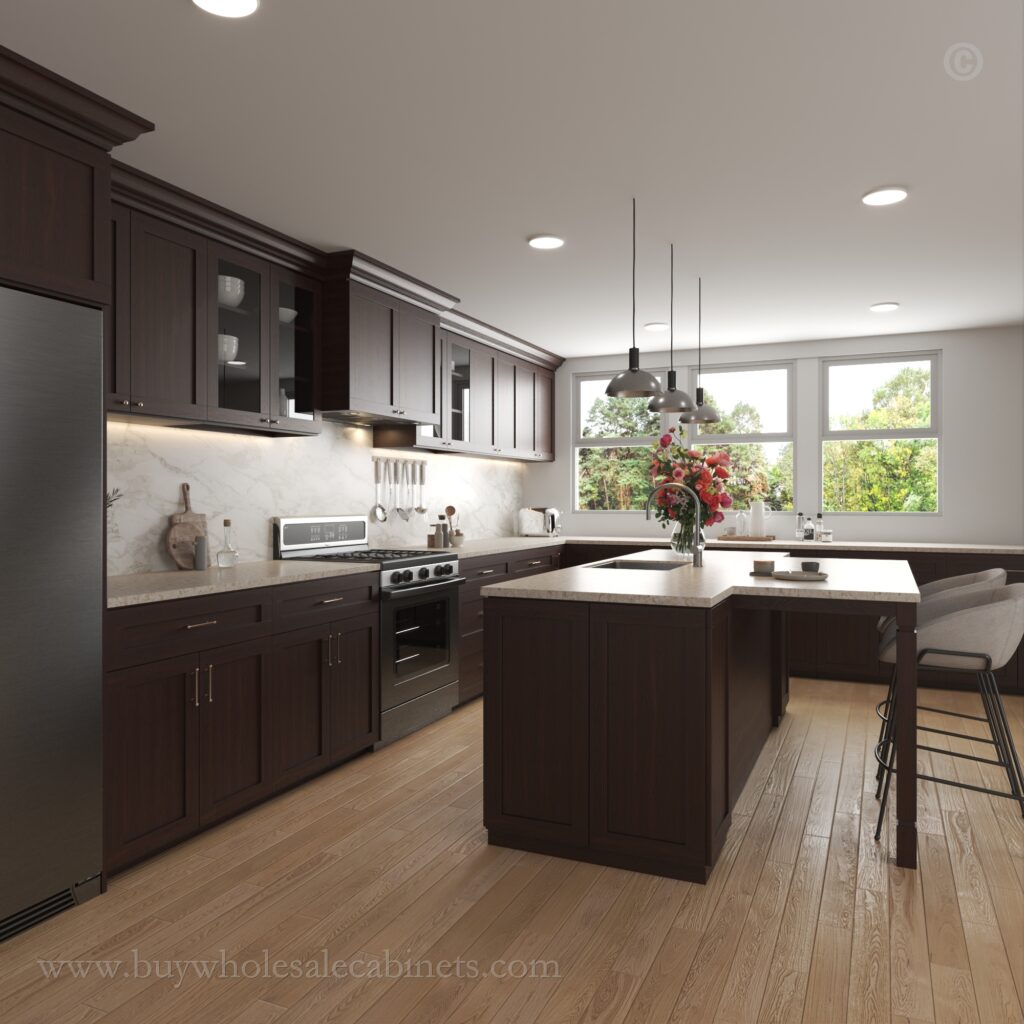
Key Features and Benefits of Frameless Kitchen Cabinets
The Design: What Defines Frameless Kitchen Cabinets?
Frameless kitchen cabinets represent a more modern approach to cabinet construction, eliminating the face frame entirely. These cabinets rely on thicker box construction — typically ¾-inch material compared to the ½-inch used in framed cabinets — to maintain structural integrity. The result is a clean, contemporary look with full access to the cabinet interior.
A Closer Look at the Minimalist Appeal of Frameless Cabinets
The absence of a face frame creates sleek, uninterrupted lines that define modern kitchen design. Frameless kitchen cabinets feature minimal gaps between doors and drawers, creating a sophisticated, streamlined appearance. This design approach complements contemporary and modern home styles, where simplicity and clean lines are paramount.
Notable Benefits of Frameless Kitchen Cabinets
Maximizing Space
Without a face frame, frameless kitchen cabinets offer approximately 10%-20% more storage space and wider drawer boxes. This increased efficiency makes frameless cabinets an excellent choice for smaller kitchens or homeowners seeking to maximize storage capacity.
Easy Access
The elimination of the face frame means no center stile in double-door cabinets, providing unobstructed access to the cabinet interior. This design feature makes it easier to store and retrieve larger items while simplifying cleaning and organization.
Things to Consider When Choosing Between Framed and Frameless Cabinets
Comparing Cost: Framed vs. Frameless
While initial costs may be similar, frameless kitchen cabinets often require thicker materials and more precise manufacturing tolerances, which can impact pricing. However, at Buy Wholesale Cabinets, we maintain competitive pricing on both styles through our direct-to-consumer model and efficient supply chain management.
Taking into Account Your Home’s Design Aesthetic
Consider your home’s overall architectural style when selecting between framed and frameless kitchen cabinets. Traditional homes and country-style kitchens often benefit from the classic appeal of framed cabinets, while contemporary and minimalist kitchens may better suit the clean lines of a frameless design.
Assembly and Installation Considerations
Both styles require careful installation, but frameless kitchen cabinets typically demand more precise installation due to their reduced margin for error. Our RTA (Ready to Assemble) options in both styles come with detailed instructions and all necessary hardware, making them accessible to experienced DIYers and contractors alike.
Personal Preference
Ultimately, the decision between framed and frameless kitchen cabinets comes down to personal taste and lifestyle needs. When making your selection, consider factors such as storage requirements, aesthetic preferences, and long-term maintenance.
Want more modern kitchen design tips? Get inspired with two-tone kitchen cabinet ideas for a fresh look.
Choose Quality Frameless or Framed RTA Kitchen Cabinets from BWC
At Buy Wholesale Cabinets, we offer premium quality in both framed and frameless kitchen cabinet styles, manufactured to exacting standards. Our cabinets feature solid wood construction, soft-close hardware, and superior finishes at 40-60% below big box store prices. Whether you choose framed or frameless, you’ll receive cabinets built to last with our signature attention to detail and quality craftsmanship.
Ready to transform your kitchen with premium cabinets at wholesale prices? Browse our selection online or contact our team to discuss your project needs. With nationwide delivery in 7-10 business days, we make quality cabinetry accessible and affordable.
FAQ
Are frameless cabinets more expensive than framed cabinets?
While frameless cabinets may cost slightly more due to thicker material requirements and precise manufacturing needs, the price difference is often minimal, especially when purchasing through wholesale distributors like BWC who maintain competitive pricing on both styles.
Do frameless cabinets really provide more storage space?
Yes, frameless cabinets typically offer about 10% more storage space than framed cabinets of the same size, as they eliminate the face frame that takes up space in traditional cabinet construction.
Which type of cabinet is more durable — framed or frameless?
Both styles can be extremely durable when properly constructed. Framed cabinets gain additional strength from the face frame, while frameless cabinets compensate with thicker box construction. At BWC, we ensure both styles meet our rigorous durability standards.
Can I mix framed and frameless cabinets in my kitchen?
While it’s technically possible to mix cabinet styles, we recommend maintaining consistency throughout your kitchen for the best aesthetic result and easiest installation. If you’re looking to create visual interest, consider mixing cabinet colors or door styles within the same construction type instead.
